1. Introduction
A. Definition of light therapy
Light therapy, or phototherapy, is a therapeutic technique that uses light to treat various health disorders. This therapy is based on reproducing the effect of sunlight on the body, with the aim of balancing certain biological processes.
B. Brief presentation of the different uses of light therapy
Light therapy is commonly used to treat a range of disorders, from seasonal depression and sleep disorders to some dermatological and neurological problems. For example, in the depths of winter, a person who feels a lack of energy, a depressed mood or difficulty concentrating could benefit from light therapy to help relieve their symptoms.
2. Light therapy and mood disorders
A. Treatment of seasonal depression.
Definition and causes of seasonal affective disorder (SAD)
Seasonal affective disorder is a form of depression that generally occurs during the winter months when daylight hours are reduced, but can occur all year round for people who work shifts or spend a lot of time at work. the interior.
People with SAD may feel sad, listless, and low in energy, and often don't know the cause.
B. How can light therapy help? 
a) Light therapy uses light that imitates the natural radiation of the sun.
This exposure helps regulate levels of melatonin, serotonin, cortisol and endorphins, hormones that play a key role in regulating mood and sleep.
Successful treatments
Many studies have shown encouraging results with light therapy for the treatment of seasonal depression. Several studies have even shown results superior to those of antidepressants.
Fight against non-seasonal depression
How light therapy complements traditional treatments
Light therapy can be used alongside traditional treatments for depression, such as antidepressants or psychotherapy. For example, if someone still feels depressed despite medication treatment, adding light therapy could help improve their mood.
b) Scientific explanation
Light therapy works by influencing the production of hormones as mentioned previously. To sleep, melatonin, called the sleep hormone, will be secreted. In the morning before waking up and when waking up, the body will stop the secretion of melatonin and will send cortisol (the stress hormone) to wake the body. However, a lack of light does not send the necessary signals to the body and will poorly secrete melatonin and cortisol, but will also impact the body's serotonin and endorphins which ensure our well-being.
3. Light therapy and sleep disorders
A. Time difference
a) How does jet lag affect sleep?
Jet lag can disrupt our internal body clock, which can lead to fatigue, insomnia, and other symptoms. A person traveling from one time zone to another might have difficulty falling asleep in local time.
b) Using light therapy to reset the internal clock
Light therapy can help reset the body clock, helping the body adapt to the new time zone more quickly. Exposure to light at the right time can help advance or delay the internal clock, depending on the need.
B. Insomnia and other sleep disorders
a) what is the role of light in the sleep-wake cycle?
Light plays an essential role in regulating our sleep-wake cycle. Exposure to light in the morning helps signal to our bodies that it's time to wake up, while darkness signals that it's time to sleep.
b) How can light therapy help?
Light therapy can help regulate the sleep-wake cycle, especially in people with insomnia. Exposure to light in the morning can help signal the body that it's time to wake up, helping to establish a regular sleep pattern.
c) Results of scientific studies on the subject
Several studies have demonstrated the effectiveness of light therapy in the treatment of insomnia. For example, one study showed that regular use of a light therapy lamp in the morning helped people with insomnia fall asleep faster and sleep longer.
Light therapy and other medical conditions
Skin and dermatological problems
C. Special light therapy for the skin
a) Use of light therapy in the treatment of psoriasis
Light therapy has shown promising results in treating psoriasis, a skin disease characterized by red, scaly patches. Exposure to light can help reduce inflammation and slow skin cell production, helping to diminish the appearance of plaques.
b) Light therapy for eczema
Eczema, another inflammatory skin disease, can also be treated with light therapy. Eczema patients have reported reduced itching and inflammation after using light therapy.
c) Pain and inflammation
How light therapy can help manage pain?
Light therapy can help manage pain by reducing inflammation and promoting healing. For example, someone with joint pain could use light therapy to help reduce inflammation and improve mobility.
Research findings on light therapy and inflammation
Studies have shown that light therapy can help reduce inflammation and relieve pain in a variety of conditions, including arthritis and fibromyalgia. In these studies, patients reported reduced pain and improved quality of life after using light therapy.
D. Help with Neurological Disorders
a) Use of light therapy for attention deficit hyperactivity disorder (ADHD)
Light therapy has also been used to treat ADHD. Exposure to light can help improve concentration and reduce symptoms of hyperactivity. For example, a child with ADHD might benefit from light therapy sessions to help them concentrate in school.
b) Light therapy in the treatment of autism spectrum disorders
There is preliminary evidence to suggest that light therapy may help improve some symptoms of autism spectrum disorders, such as sleep problems and hyperactivity.
c) Use of light therapy for Alzheimer's disease and other cognitive disorders
Some studies suggest that light therapy may help improve symptoms of Alzheimer's disease, including sleep problems and mood disorders. For example, a patient with Alzheimer's disease might benefit from light therapy to help regulate their sleep-wake cycle and improve their mood.
Conclusion
Light therapy has shown promising results in treating a variety of conditions, including mood disorders, sleep disorders, skin problems, pain and inflammation, and some neurological disorders.
There are therefore many future prospects for light therapy in the medical field.
With continued advances in medical research, it is likely that new applications of light therapy will continue to be discovered, providing new treatment possibilities for various medical conditions.

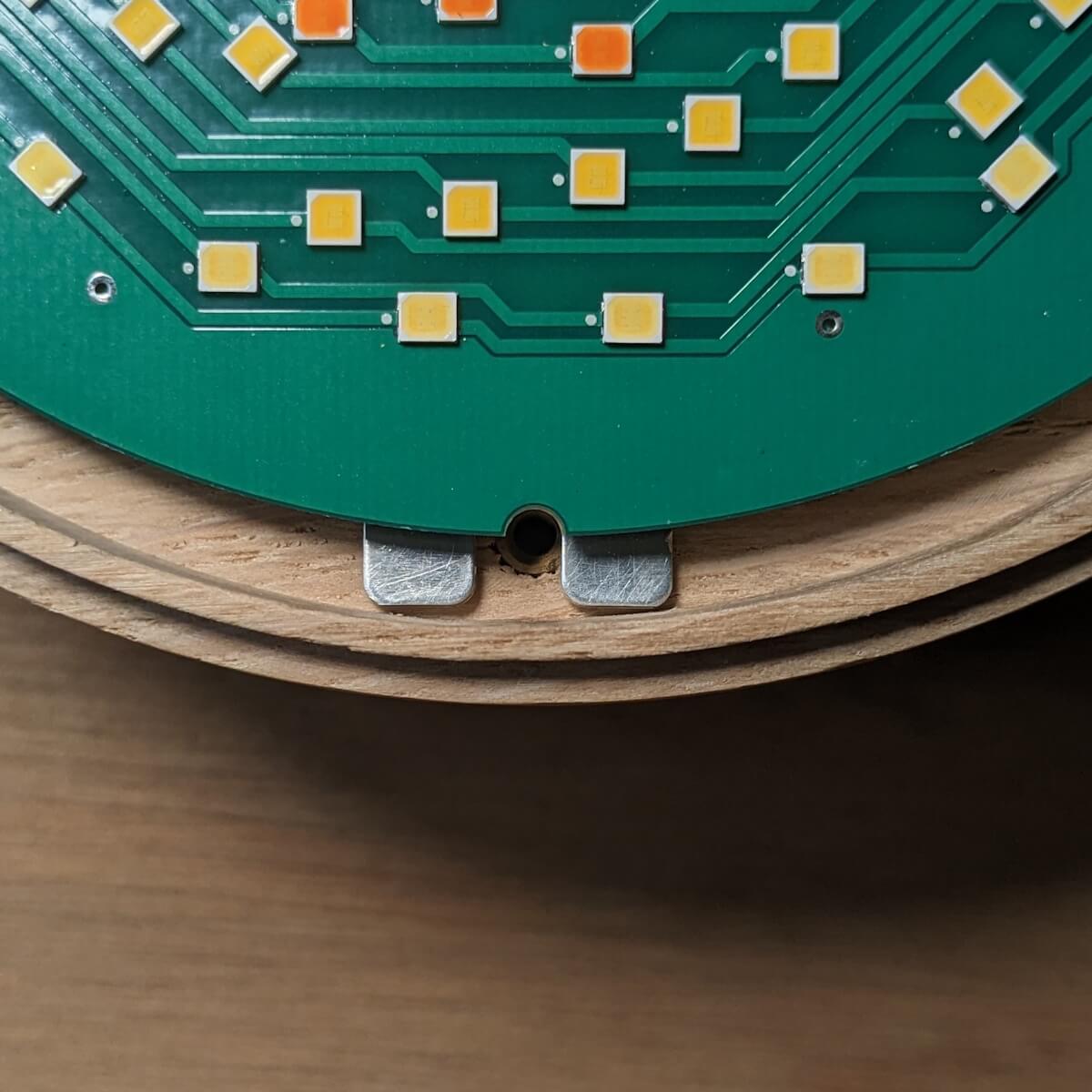





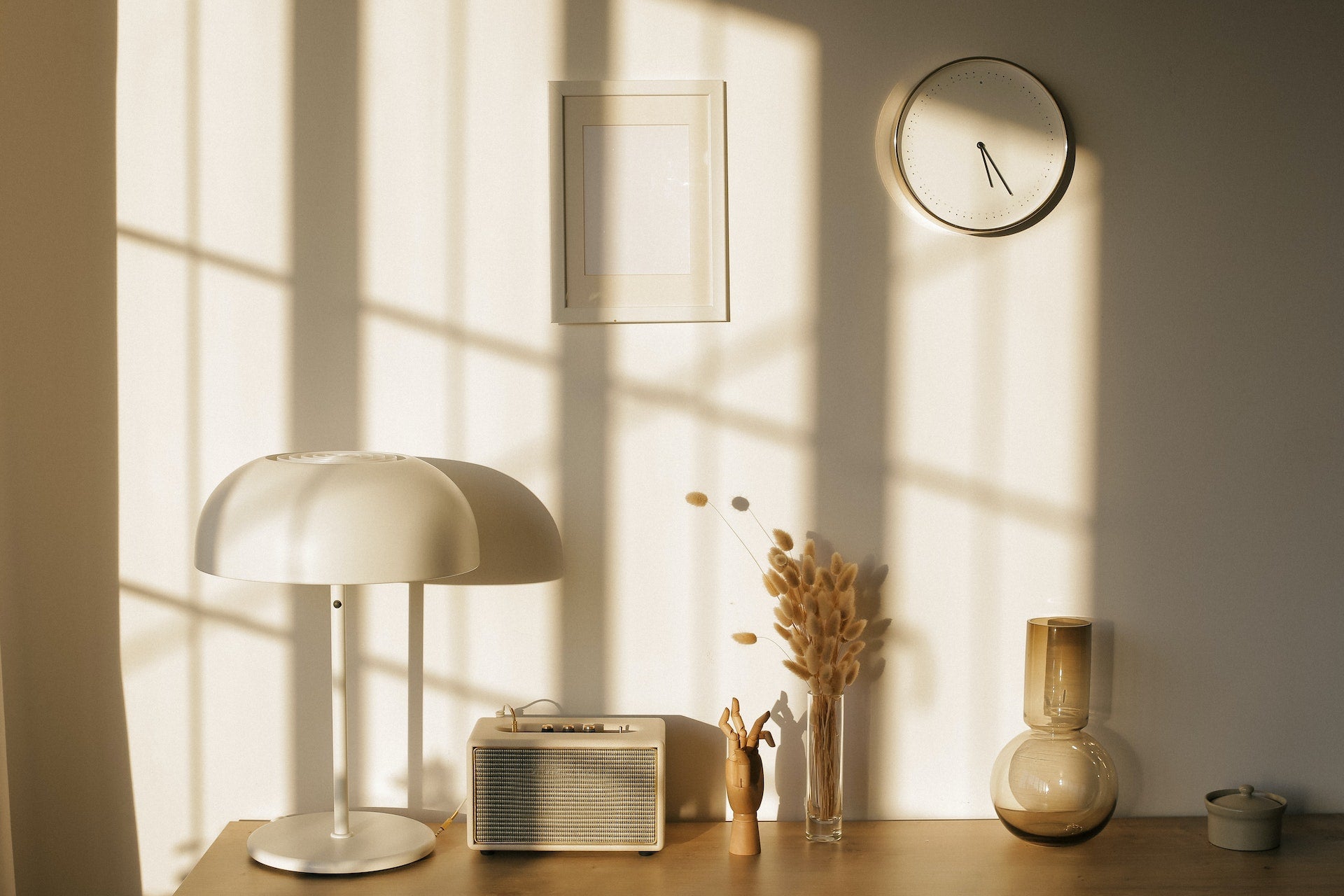




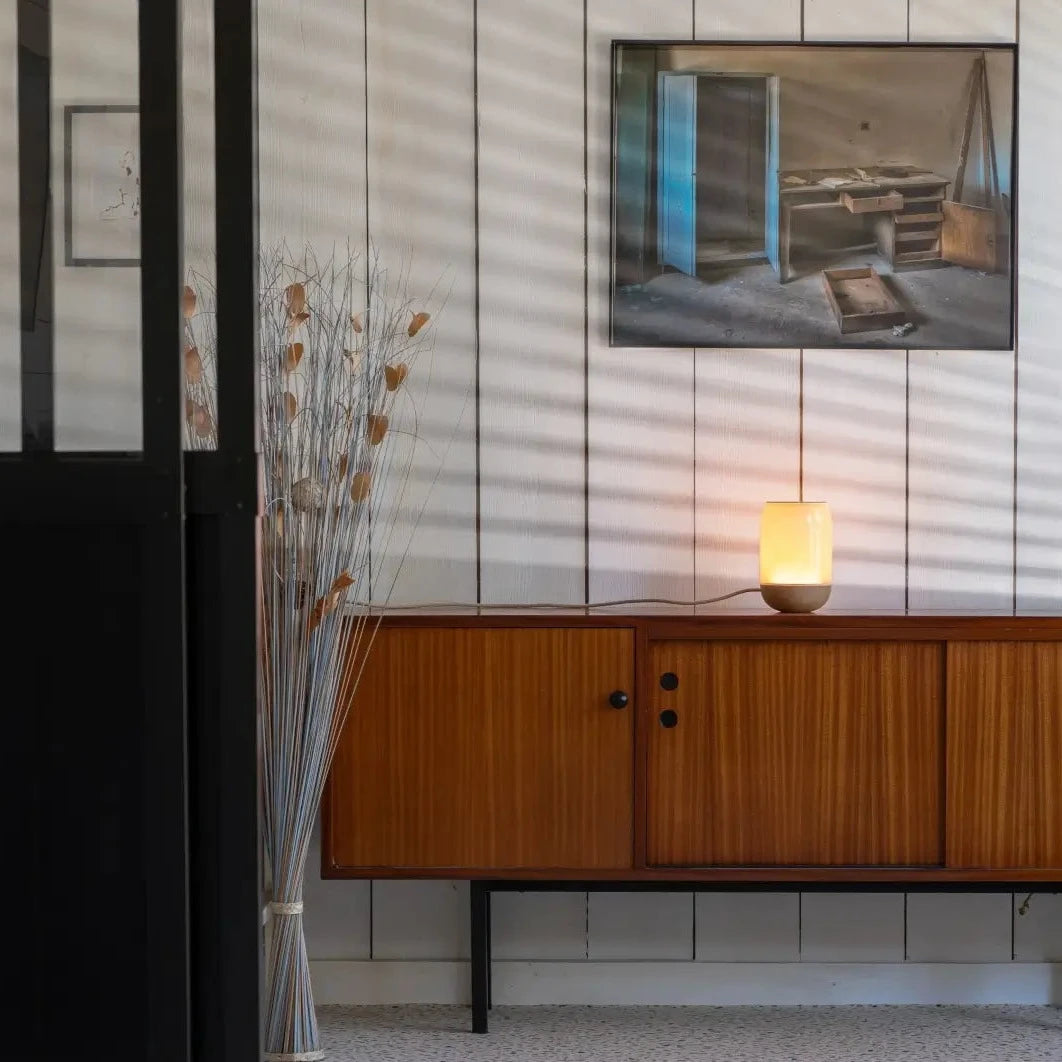
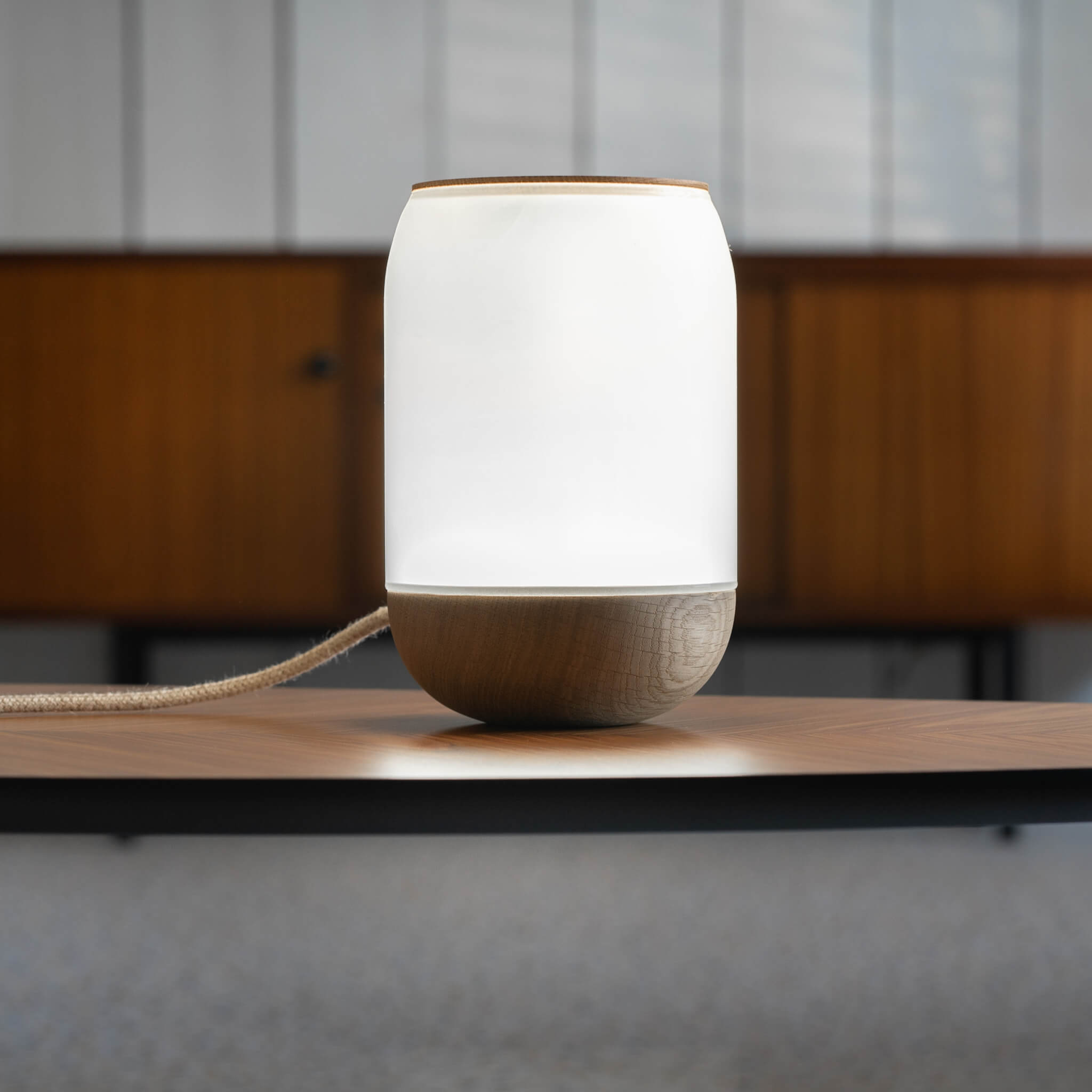
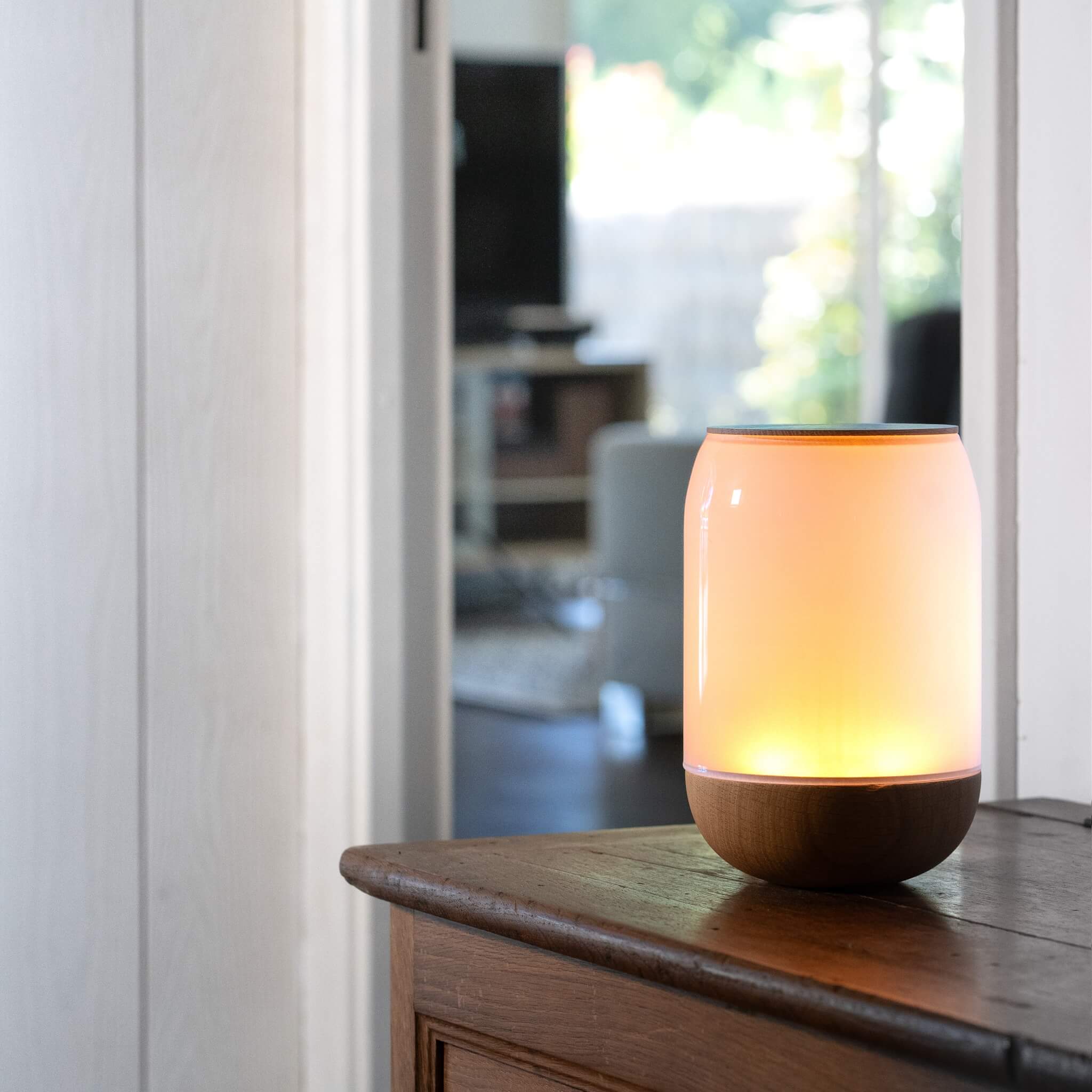
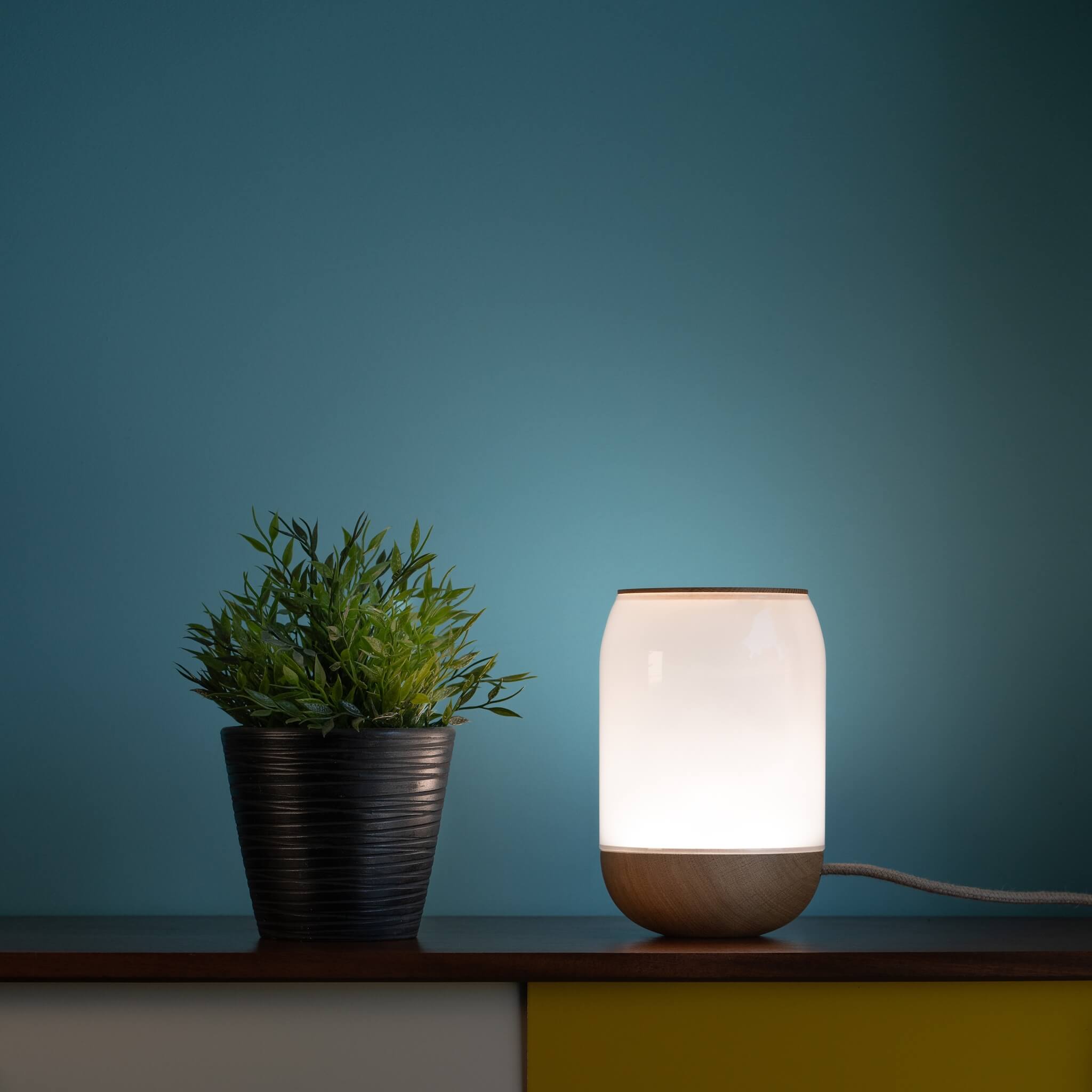
Leave a comment
All comments are moderated before being published.
This site is protected by hCaptcha and the hCaptcha Privacy Policy and Terms of Service apply.